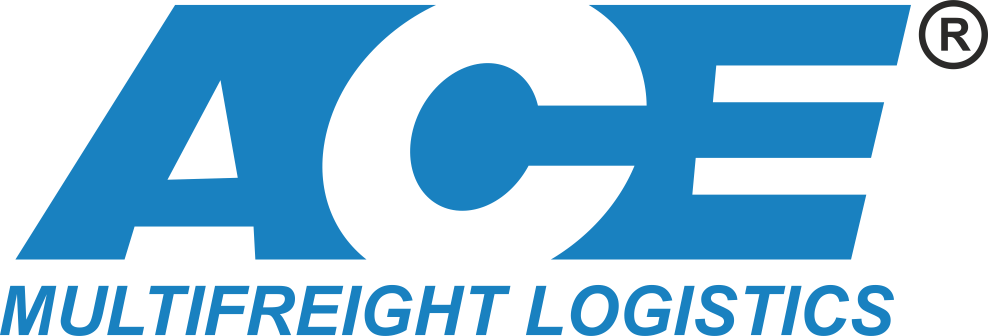Commercial organisations are assessed on financial parameters by investors and banks and at the corporate level by the board of directors and senior management. The main parameters are profit, return on capital invested, and return on equity, based on statements structured to report historical financial information.
These statements and reports are not designed to provide an understanding of operational activities or measure performance within an organisation’s Supply Chains. The main link between financial reports and operations is the product cost, provided within cost accounting. This is based on the assumption that if product costs are lower than standard, then at the end of an accounting period, the company is profitable.
But traditional cost accounting contains assumptions. The most popular is that overheads can be arbitrarily allocated to a product line based on its supposed use of a resource – the more use of a company’s resources equals more revenue. But this approach can lead to higher absorption variances and misleading variance analysis. It also encourages behaviours such as:
- products produced in large batches to minimize the number of changeovers (set-ups)
- using quantity discounts to gain favourable purchase price variances against the standard
- purchasing unnecessary raw materials in bulk if a supplier may increase the price
Finance can help to improve supply chains
Although traditional financial accounts and cost accounting will not disappear, Finance can assist with implementing process for use to improve supply chain processes. This commences with a cost accounting system that recognises flows through processes, measures it and encourages behaviour that improves it.
Throughput Accounting is such an approach. It addresses the limitations of absorption cost accounting by changing the focus from reducing costs to increasing throughput for the total system. It pursues effectiveness through recognising constraints, with improved planning and scheduling. However, the concept is not accepted by accounting standards. But that should not stop finance and accounting professionals working with operations to implement a suitable flow accounting system that utilises current data and provides results using minimum resources.
This system should also include the measurement of Contribution Margins. The contribution of a product line (SKU) is available to help pay the fixed costs of the business and is the amount remaining after direct costs have been subtracted from revenue. The Contribution Margin is the residual amount divided by the revenue as a percentage.
Contribution Margin should be used for product rationalisation. If a product has a positive Contribution Margin, although a negative profit when conventionally calculated, it contributes to fixed costs and profit and so should be kept. This process avoids a situation where the board meeting of a public company considered discontinuing the biggest selling product because it was making a ‘loss’ under conventional costing. However, if a product’s contribution margin is negative, then action is required to delist the product, redesign it or increase prices.
The next level that Finance can assist the Supply Chains group is with implementing the financial metrics required for ‘Level 2’ Supply Chains – Operations. These are discussed in the eBook ‘Supply Chains Operating Performance – a Financial Approach to Measurement’. The metrics are required to support the management of an organisation’s ‘core’ Supply Chains (from Tier 1 customers back through the business to Tier 1 suppliers) and contains five statements:
- Supply Chains Working Capital
- Cash to Cash cycle time
- Supply Chains Value Added (VA)
- Supply Chains Return on Invested Capital (SC-ROIC)
- Inventory (FG) value, based on a Coefficient of Variance Management (CoVM) analysis
An additional measure that is valuable for segmenting customers when allocating resource is the Cost to Serve. This process identifies actual profitability by customer across geographies and product segments. It enables a business to use a more logically based approach to differentiating service levels, rather than be a business that is inherently ‘flexible’ (putting out fires).




